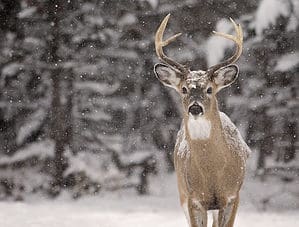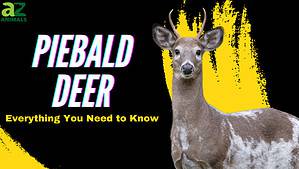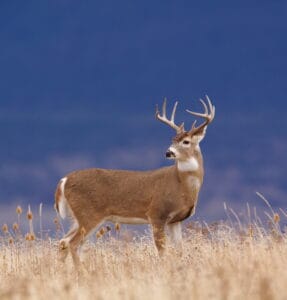There are many similarities and a few big differences between the caribou and the reminder. Indeed, the two are deer species of the family Cervidae and look very similar, almost exactly the same.
So what makes them different from each other? You’ll find that the reindeer are in Asia and Europe, and Caribou are in North America. At one point, they separated to develop under different geography and climate. As you might have guessed, they are subspecies of the same animal. We’ll show more of the differences between the two below!
Comparing Caribou vs reindeer
| Reindeer | Caribou | |
|---|---|---|
| Geography | Asia & Europe | North America |
| Taxonomy | Rangifer tarandus | Subspecies Rangifer tarandus caribou |
| Herd migration? | No | Yes |
| Domesticated? | Can be wild or domesticated | Not at all |
| Antlers | Sharp, pointy antlers | Tall, curved antlers |
4 Key Differences Between Caribou vs reindeer
- Geography: There are 14 subspecies of reindeer or 9 subspecies with variations, including 2 extinct subspecies. 7 of the subspecies have a common name of caribou. The different geographical distribution of the reindeer subspecies determines whether it is called a reindeer or a caribou. Generally, reindeer are in cold, snowy climates and caribou are in a temperate climate, although they have similar diets.
- Herd migration: Geography and climate also matter when it comes to these deer family members’ behavior. So does domestication. As a result, caribou continue to have massive migrations; in fact, they have the longest migrations of any land mammal. They move between their breeding and winter grounds for thousands of miles each year. Reindeer, on the other hand, settled in Asia and northern Europe and adapted to the harsh, cold weather there. Their adaptation, followed by human domestication, meant they no longer felt the urge to migrate. Wild reindeer still exist in Greenland, Norway, and Russia.
- Domesticated? Humans have domesticated many reindeer herds to use for transportation, meat, milk, hides, and antlers. Caribou have never been domesticated. This difference has also resulted in more subtle differences in physical appearance. Hence, reindeer are shorter and stockier.
- Antlers: These deer family members’ antlers are similar in that they are large and are periodically covered with velvet after shedding. They look somewhat different when comparing those of domesticated reindeer to those of their wild counterparts, though. Caribou antlers are tall and curved, with a more sprawling or random pattern, and reindeer antlers are sharp and pointy, with a straighter or more uniform appearance.
NEXT UP…
- Are Reindeer Real? Find Out Here! Find out more fun facts about reindeer here.
- Discover the Great Caribou Migration Exactly how far do caribou migrate every year? You won’t believe it!
- 10 Incredible Deer Facts If you love deer as much as we do you will enjoy these fun facts.
The photo featured at the top of this post is ©
FAQs (Frequently Asked Questions)
What is the difference between a caribou and reindeer?
The difference is mainly that of geography. Caribou are in North America, and reindeer are in Asia and Europe. Also, men have worked with reindeer to be animals for transportation, meat, milk, hides, and antlers. As a result, caribou are larger and more elk-like than wild reindeer.
Why are caribou called reindeer?
Reindeer in North America, where they are wild and have never been domesticated, are called caribou.
Are wild reindeer called caribou?
In North America, yes. Reindeer can be wild or domesticated, but caribou has always been wild.
Thank you for reading! Have some feedback for us? Contact the AZ Animals editorial team.






